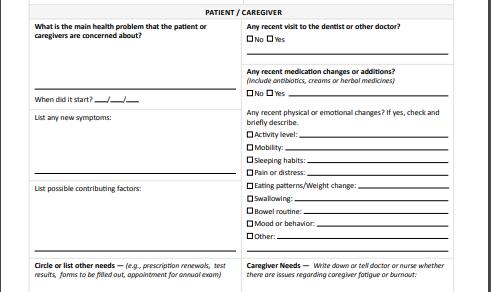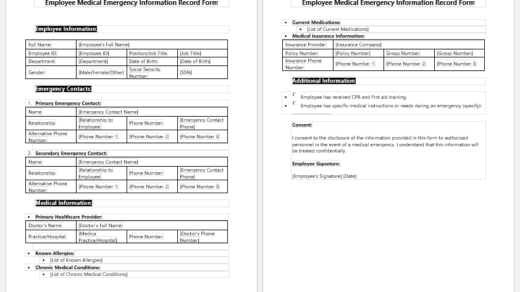It is the second trimester, and now it is time for the fourth visit to the doctor. Weeks 21–27 are roughly the fifth and sixth months of pregnancy and begin to make the patient and doctor more worried about the outcome.
If the patient is not diagnosed with any medical condition during pregnancy, she has to undergo a routine checkup anyway. If a woman is diagnosed with hypertension or pregnancy-induced diabetes, she may suffer from very evident signs. By this time, her doctor may have already prescribed the medicine and the necessary care in terms of diet and activity.
Antenatal visit form
- Some little changes in the antenatal form can be noticed now but the beginning of the form is usual.
- Introduction of the doctor or midwife, date of examination, weight, height, and blood pressure are measured in routine.
- Presenting complaints of the patients are now given even more space because there are high chances for that.
- Swelling of hands and feet, urinary frequency, burning micturition, backache, and any other symptoms, if any, are mentioned.
- The examination of the patient is done as in the previous visit. Uterus size, fetal heart sound, and fetal kicks if felt by the patient are all mentioned.
- Examination for vaginal bleeding, leaking, or discharge is made only if there is any complaint. In the case of placenta previa, or low-lying placenta, excessive vaginal examination is avoided.
- Patients may feel some contractions that are of light intensity and are called Braxton-Hick’s contractions.
- If she feels strong contractions, she needs to be admitted and evaluated properly.
- An ultrasound examination may be done to get an idea of fetal growth, the placental site, and maturity. If she has undergone any prior surgery or caesarian section, the abdominal wall thickness and condition are also assessed by ultrasound.
- Blood tests, including a complete blood picture for hemoglobin, hematocrit, and plate count, are now required because we don’t want the woman to suffer from anemia later in pregnancy to reduce the chances of peripartum or postpartum bleeding.
- A blood peripheral film is also done to determine the type of anemia in the woman.
- A blood glucose test is very crucial at this time. We have to carry out an oral glucose tolerance test to check the status of blood glucose and know if the woman has developed insulin intolerance.
- We label such women as having GDM, and depending on the readings, we start her on oral or injectable hypoglycemic drugs.
Things to do after the evaluation
- The patient is prescribed necessary drugs with proper doses and proper instructions
- She is advised to take iron and calcium supplements regularly
- Proper food and light exercises are also advised in normal pregnancies
- She is educated about important warning signs, in which case she has to rush to the hospital even if the due date for the next visit is far away.
- She may be advised to attend pregnancy classes if she wishes to.
- In the end, she is given the next date for her visit and advised to note down her queries and concerns for the next visit.
- Medical Expense Reimbursement Claim Form
- Patient Enrollment Form Template
- TB Assessment Form for Employment
- Low-Carb Food Shopping List
- Emergency Prep Kit Checklist
- School Immunization Record Sheet
- Home Health Care Log
- New Patient Intake Sheet
- Discontinued Medication Tracker
- Restylane Consent Form
- Dental Assessment Form
- Nutrition Assessment Form
- Clinical Consent Form
- Physiotherapy Consent Form
- Fibromyalgia Journal



